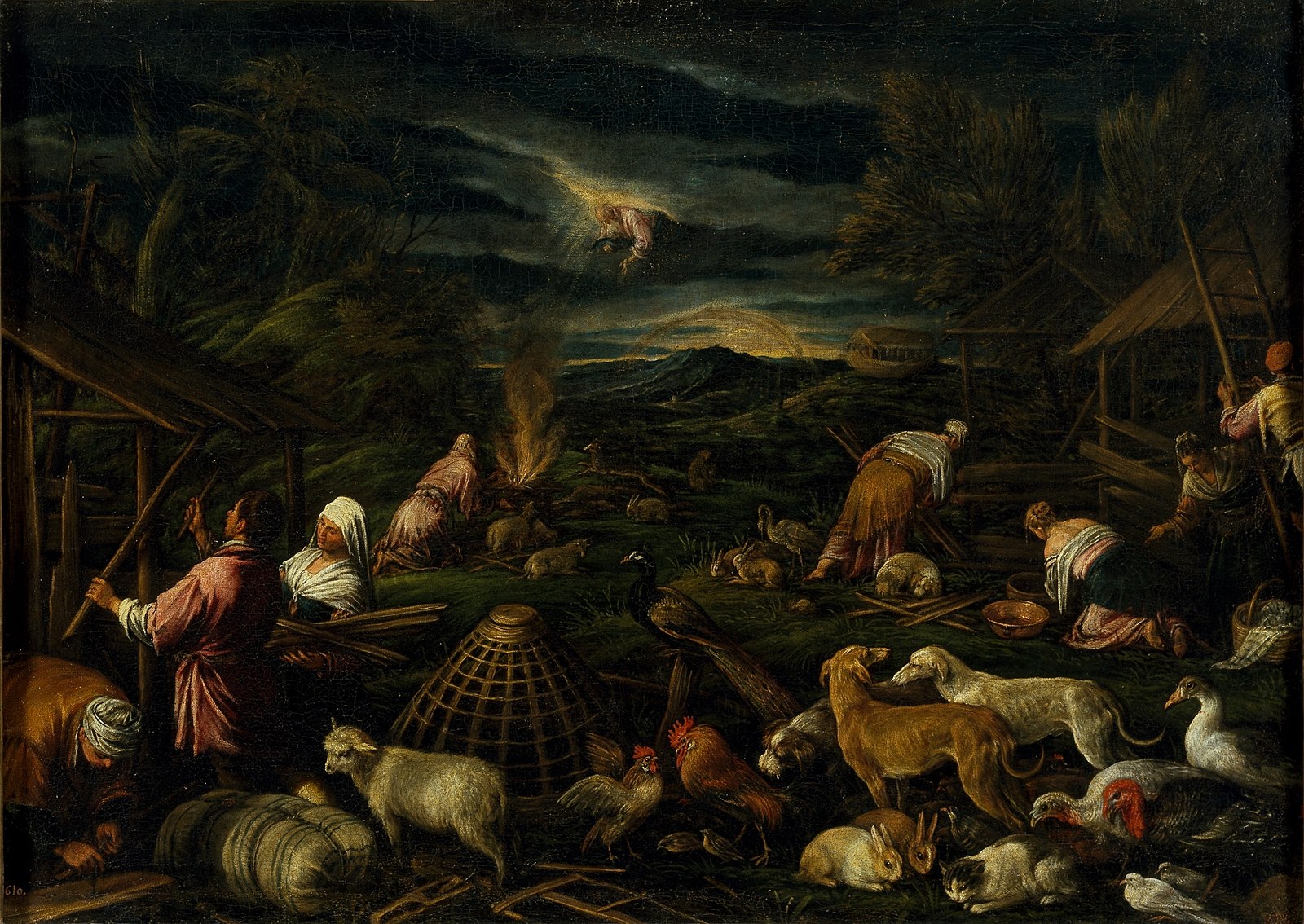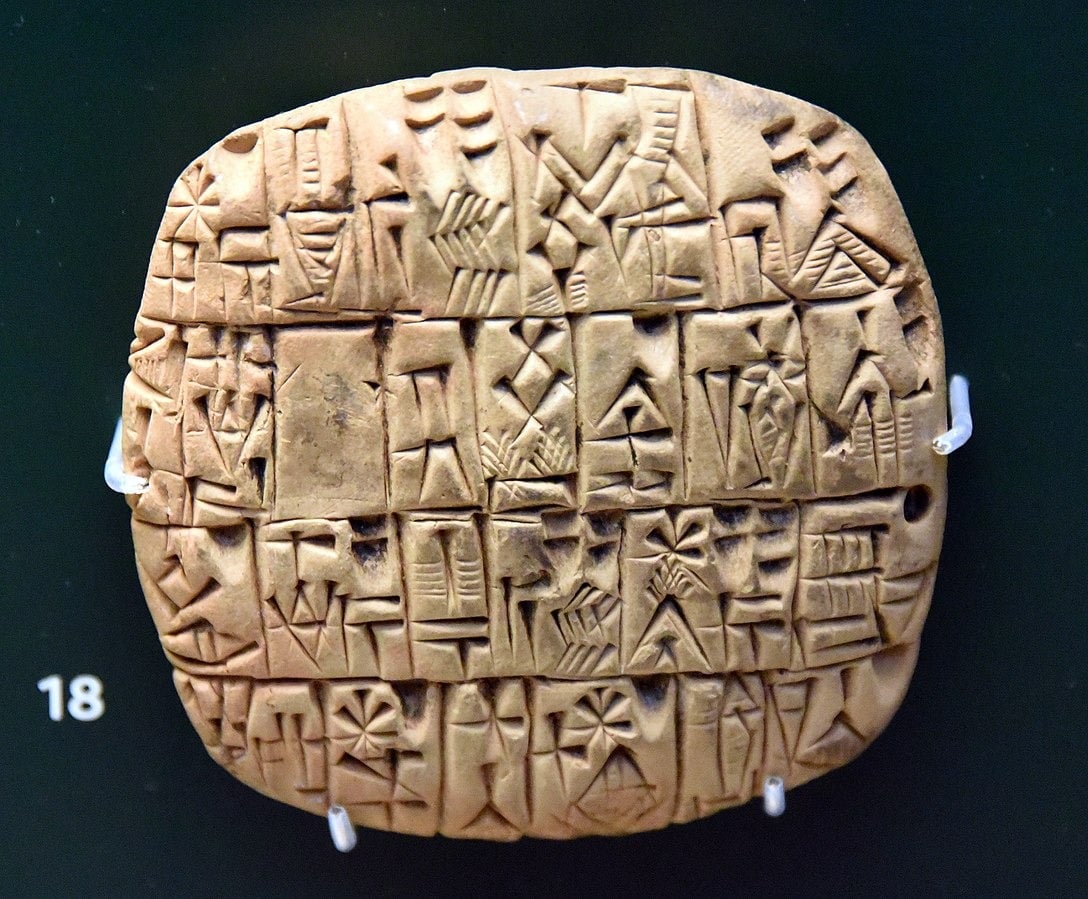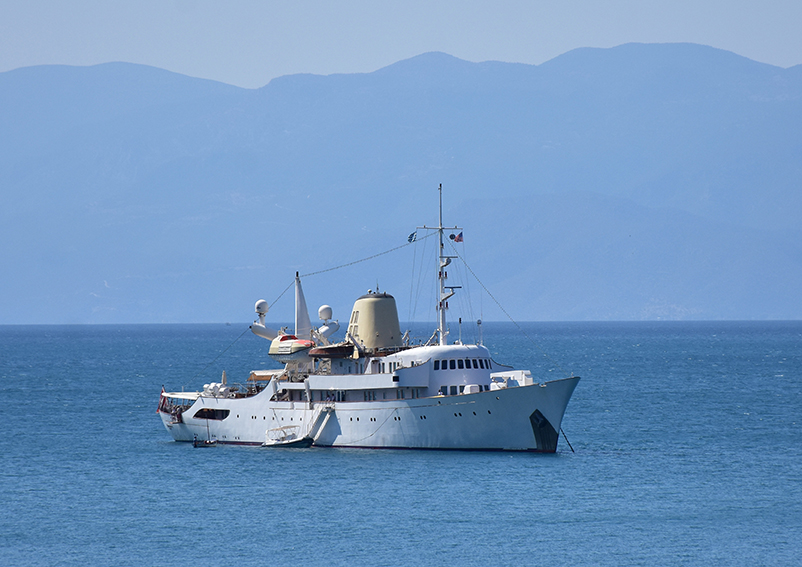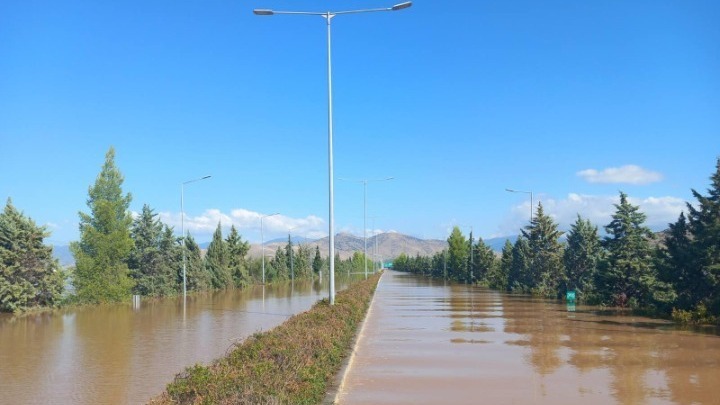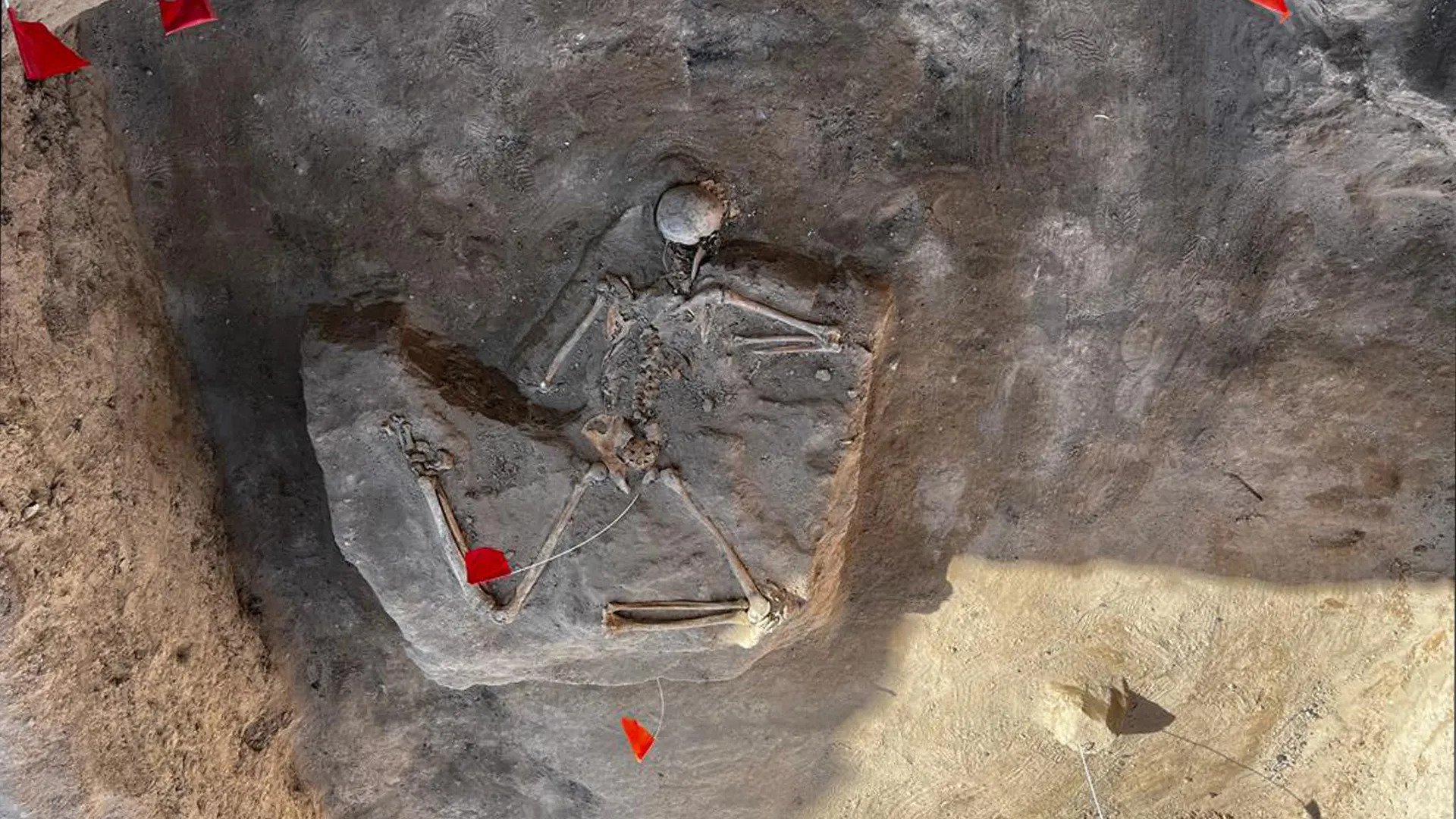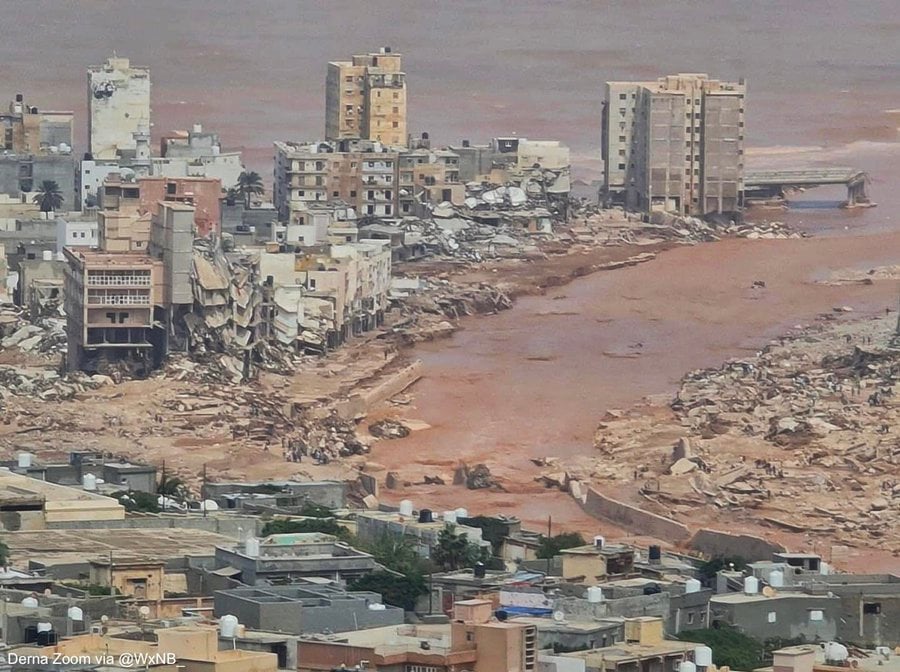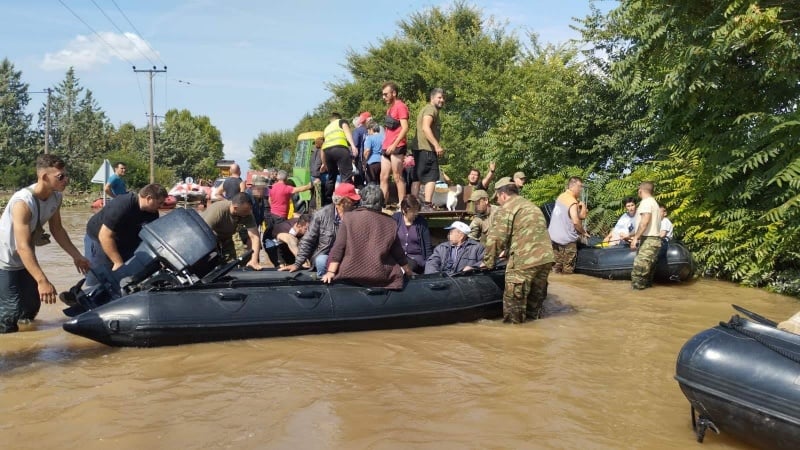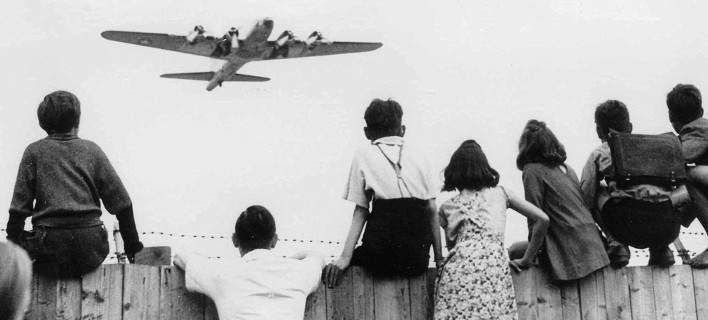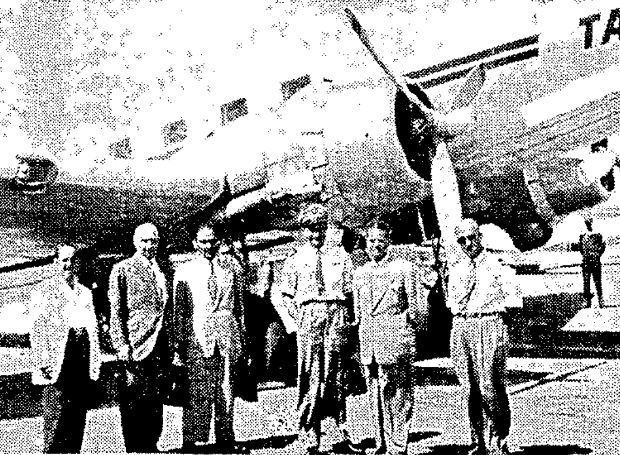
The rise and fall of empires has been determined to a significant degree by trade, especially insofar as rare materials are concerned. Coffee is one such commodity, and its history is the story of nations. The coffee plant is native to Yemen and Ethiopia, and control over the trade of coffee has determined the rise and fall of the Ottoman Empire.
Magic Beans, the Beginning of the History of Coffee
Coffee began being commonplace in Eastern Africa around the ninth century. The plant was native to Ethiopia. It was known by Ancient Greeks, and Homer mentions coffee in his writing.
According to Arab legend, coffee was discovered by a simple goat herder, Kaldi (or Khalid) around the year 850 B.C. The goat herder from Kaffa noticed that when goats consumed these red berries, their energy levels increased, and they started prancing around in an unusual manner. As a result, Kaldi then tried this fruit himself. According to legend, he immediately took the berries to a local place of worship.
The priests examined the berries and declared that they were the Devil’s work and disposed of the coffee beans in the fire. The wonderful and strong smell that came from the roasting coffee filled the room. The head priest that threw the beans into the fire ordered that the fire be put out immediately and hot water be poured over them to preserve the smell.
When they drank the mixture, they experienced the joy of coffee for the first time ever. They were able to think and participate in lively discussions for a much longer time and were grateful for the discovery. They then went on to share this discovery with others.
It should be noted that the modern word, “coffee,” actually stems from the name of the city, Kaffa, where the goat herder came from. ‘Kaffa’ then became ‘kahva’ in Arabic and, subsequently, ‘café’ or ‘kafe.’
Coffee, a Secret Weapon From History
The Ottomans conquered Arabia and dominated over other Islamic empires but kept coffee a secret.
Only a restricted group of people controlled coffee cultivation and the product’s export. Specific climatic conditions needed by coffee made its production challenging. The habit of roasting the beans preserved them from mold and produced a much more flavorful type of coffee, but it also ensured no beans could be of use for cultivation. The famous “Arabica” roast of coffee is a prime example of this even to this day.
Coffee was central to Ottoman culture, and it was a major military advantage and source of power for Ottoman elites who controlled production. It was part of military rations and sustained night-time attacks, longer incursions, and wars of attrition.
Coffee must have been the secret weapon of Greek, Slav, and Albanian mercenary units, the stratioti, that fought together throughout Europe in the 15th to 18th centuries. The stratioti must have seemed invincible to enemies, as they pioneered light cavalry tactics and excelled in swift, caffeine-fueled attacks.
Antonio Casanova describes his time among the stratioti while serving prison time in Venice in the 17th century. He described their traditional dress, hardened demeanor, manner of traveling with their many children, and love of garlic. Casanova spent almost a year among them, handwriting their letters in Latin, before eventually fleeing the prison island where the stratioti lived during their time in Venice.
Turkish and Greek Coffee, Strength and Weakness of the Ottomans
Until the 17th century, coffee was unknown in Northern Europe. Tea was still a rare imported commodity, and Northern Europeans were skeptical of it. This was because of a fear among kings that while drunk people had a good time together, people who assembled for this purpose might also plan revolutions.
One has to wonder whether the fall of the Ottoman Empire, one of the oldest empires, could in fact be attributed to this. The Ottomans attempted to ban coffee in 1543, fearing that men gathering in coffeehouses could potentially plan revolts. A chief religious authority issued a fatwa against the drink, which led to the Ottomans’ dumping of roast bags into the sea. This did not last long, however, mostly due to the fact that non-Muslims were not subjected to religious authority in the empire and the drink had already attained widespread popularity.
Surely, the Greeks fighting for their independence at the end of the 18th century were as caffeinated as the janissaries they were fighting. Some believe the popularity of coffee throughout Europe is among the many causes of Ottoman demise.
How the monopoly was broken in the 17th century remains a mystery. Some legends speak of a Yemeni merchant stealing unroasted beans and selling these abroad to be planted in America. Others talk of the Siege of Vienna and how the Ottomans were forced to abandon whatever they could, leading to the discovery of coffee by the Austrians.
Another Type of Greek Coffee: the Frappé
What was commonly known as Turkish coffee was actually a variety of types prepared using the typical pot with a long handle. For non-Muslim women, coffee was a pleasure, while, for Muslim women throughout Ottoman history, coffee was a lifeline. For quite some time, there was a law that a husband’s duty was to provide enough coffee for his wife. In the case that he did not do so, she could legally divorce him.
However, in modern times, both recipes and preferences have changed. Hundreds of different coffee recipes can be found at coffee shops. At times, they are nothing like the classic coffee with which most of our ancestors are familiar.
Frappé, for example, is a foamy iced coffee drink, unintentionally invented in 1957 by Dimitris Vakondios during the International Trade Fair of Thessaloniki. Having no hot water on hand, he placed ice, instant coffee, cream and sugar in a shaker. He then realized the result was frothy and much appreciated.
To this day, frappés are widely appreciated, as is the bean they are made from. Coffee continues to be widely available in all its forms and is still consumed, as it was by the stratioti, for enhanced productivity and focus.





